Amazon Prime’s ‘Carnival Row’ tells a complex story of war, political intrigue, religious strife, romance, and immigration wrapped neatly in a steampunk fantasy package. At the center of the narrative is the star-crossed love story of Rycroft “Philo” Philostrate (Orlando Bloom), a soldier turned police inspector and secretly half-faerie, and Vignette Stonemoss (Cara Delevingne), a faerie refugee. The story is set in a world where humans exist alongside various races of mythical creatures. The wars of human empires have ravaged the lands of mythical creatures, forcing them to immigrate. The term “fae” (alternative term: otherkin) is generally used to denote various races of mythical creatures, though humans often use the derogatory phrase “Critch” to refer to them. If you want to know more about the races of beings in ‘Carnival Row, we got you covered.
Humans
The humans (derogative terms: leggers and groundlings) are a relatively newer race in the world of ‘Carnivale Row’ compared to others. However, in terms of scientific progress, they are the most advanced. The Story predominantly takes place in the city of The Burgue, the capital of the Republic of The Burgue, located on the northern shore of the continent of Mesogea, the cradle of humanity.
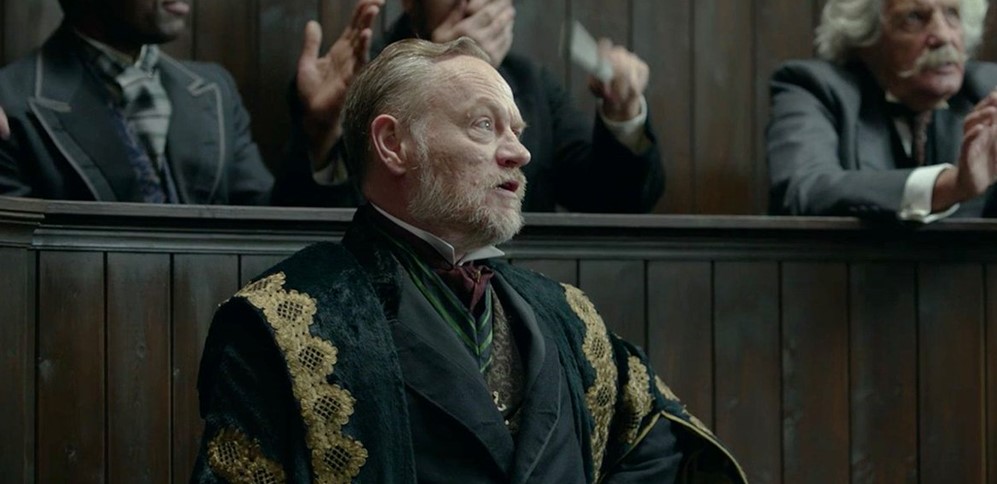
The human civilization of ‘Carnivale Row’ is currently undergoing the industrial revolution. The rapid progress in warring capabilities has inevitably led to imperial ambitions. The predominant religion of humanity seems to be the Martyrite Faith. Before the start of the series, The Burgue lost its war against the Pact, an alliance between the nations Quivira and Cibola. Some of the prominent human characters in the show are Imogen Spurnrose (Tamzin Merchant), Ezra Spurnrose (Andrew Gower), and Absalom Breakspear (Jared Harris).
Faeries
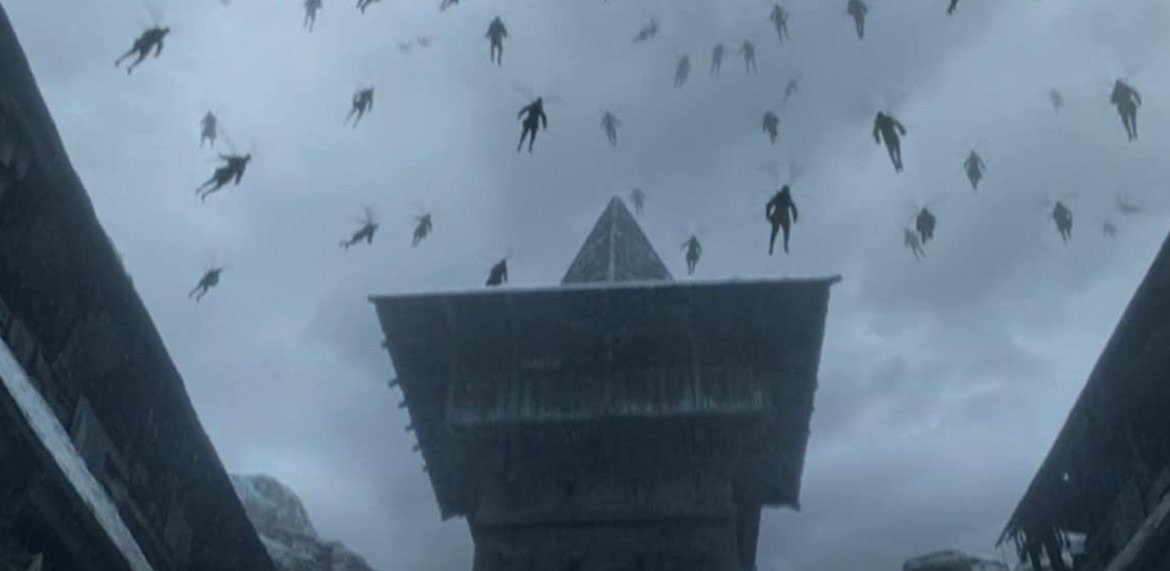
As mentioned above, the phrase “fae” refers to multiple races of mythical creatures, but it also denotes a particular species of winged entities. The faeries (Fairishyn; genus: fata nimfidia; derogative terms: pix, tink, and locusts) have hollow bones, and they are lighter than other species. With their nonskeletal muscular hydrostat wings, they are capable of flight. The home of the faes is the continent of Tirnanoc, which is divided into numerous kingdoms. The fairish culture is much older than humanity and was well-established when humans still dwelled in caves. The faerie is also one of the races to have access to magic, which is practiced by the haruspex. Some of the important fae characters in the show are Vignette Stonemoss, Tourmaline Larou (Karla Crome), and Aoife Tsigani (Alice Krige).
Fauns
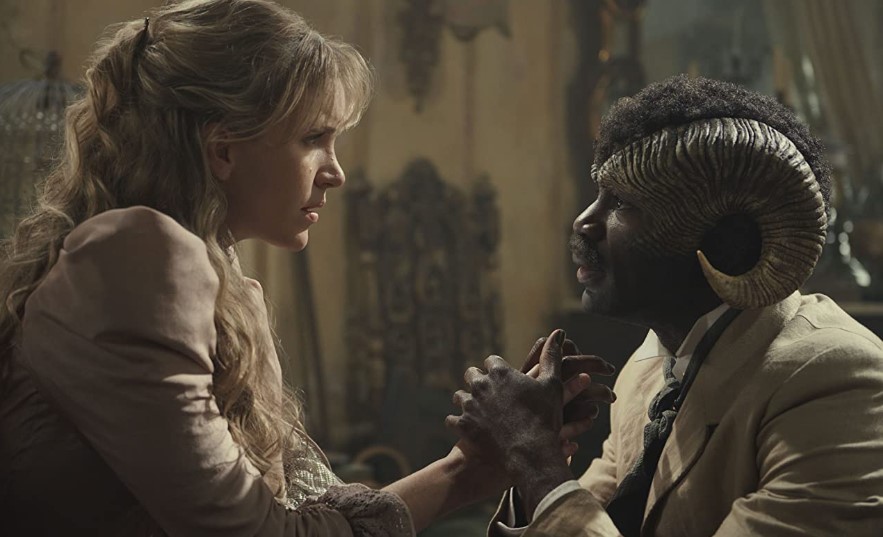
Fauns (Puyocs; genus: faunus vulgar; derogative terms: puck and trotter) originated from the countries Ildathach and Urisko, located north of the Gulf of Anoun in Tirnanoc, and Puyan, a country situated west of the Gulf on the continent of Ignota. They are a robust species with strong bones and powerful statures. Like the faeries, the fauns have a thriving culture that can be traced back thousands of years. The horns on their heads vary depending on which region they are from. They likely have multiple religions. One of them, the cult of the Hidden One, is an important part of season 1. Agreus Astrayon (David Gyasi), Leonora (Joanne Whalley), and Afissa (Tracey Wilkinson) are important faun characters in the show.
Marroks
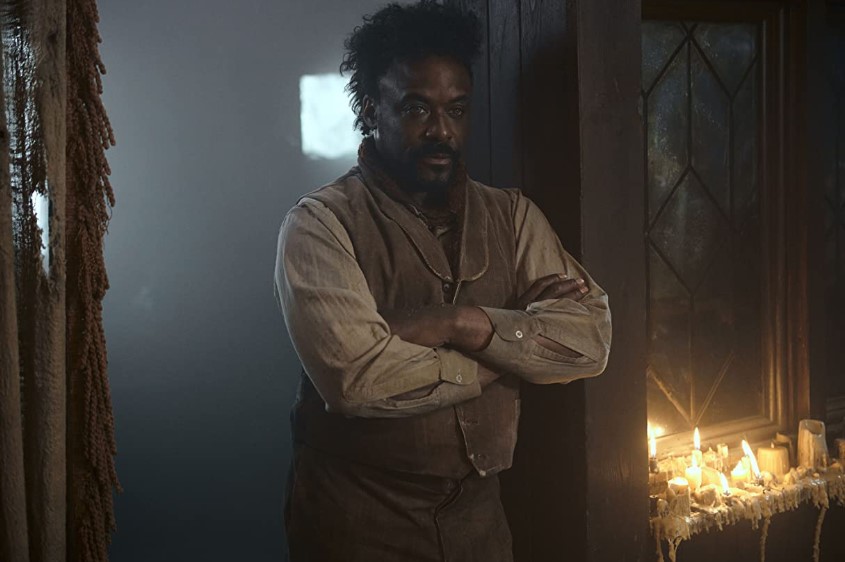
Unlike those mentioned above, marroks are not necessarily a separate species of mythical creatures. Instead, it is a term that refers to individuals who become infected with the wolf’s curse and turn into a half-wolf monster on every full moon. When they do, they have almost no control over their actions. The Pact has developed a concoction that can trigger a transformation. During the war with the Burgue, they send three marroks to attack the position of The Burgue soldiers in a mountain. Darius (Ariyon Bakare), Philo’s best friend, gets bitten and becomes afflicted with the wolf’s curse.
Kobolds
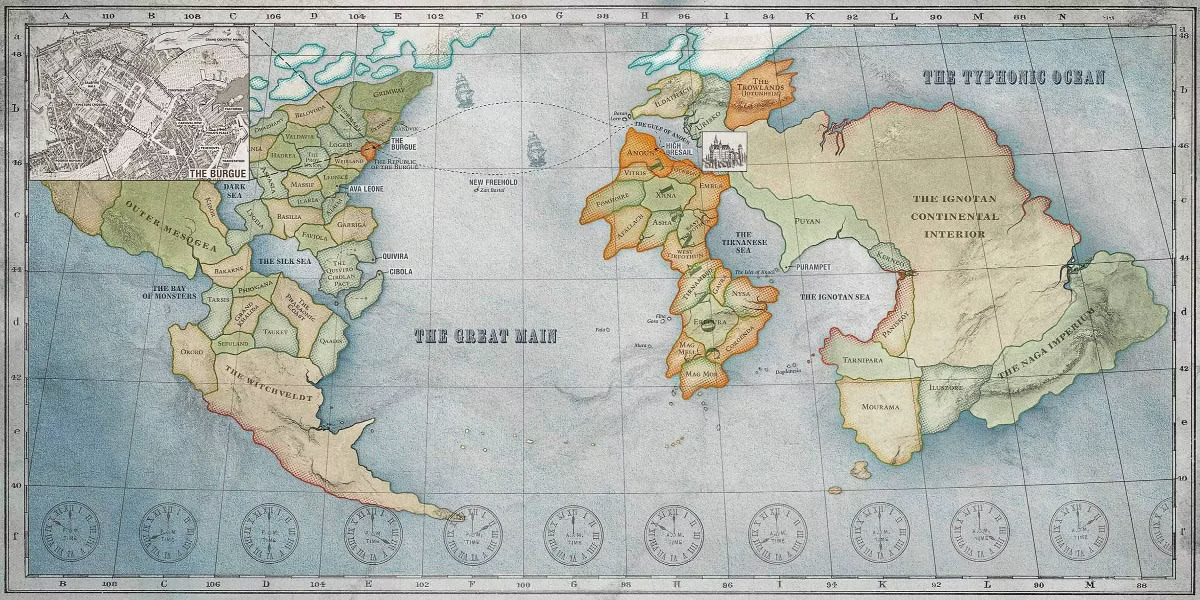
Kobolds (genus: goblinus inferior) are tiny goblin-like mythical creatures that have originated from the Isles of Knock on the southern edge of the Tirnanese Sea between the continents of Tirnanoc and Ignota. As their skin has the appearance of an armor, they rarely wear any clothing. People mistake them for animals because of their appearance, but they are a sapient species. Several of them perform in Runyan Millworthy’s roadside plays.
Trows
Trows (genus: jotunus boreal) are troll-like mythical creatures from Ignota. They are slow and are not particularly bright but massive and immensely strong. In the season 2 premiere, Philo fights against three opponents, with one of them being a trow, for a favor from their boss.
Centaurs
Centaurs (genus: kentaurus saggitus; derogative terms: hoss and nag) are one of the races of mythical creatures native to Mesogea. The centaur culture is nomadic, originally encompassing almost the whole continent. However, they were forced to move toward the western steppe of Outer Mesogea because of the migration of prehistoric humans.
Other Races
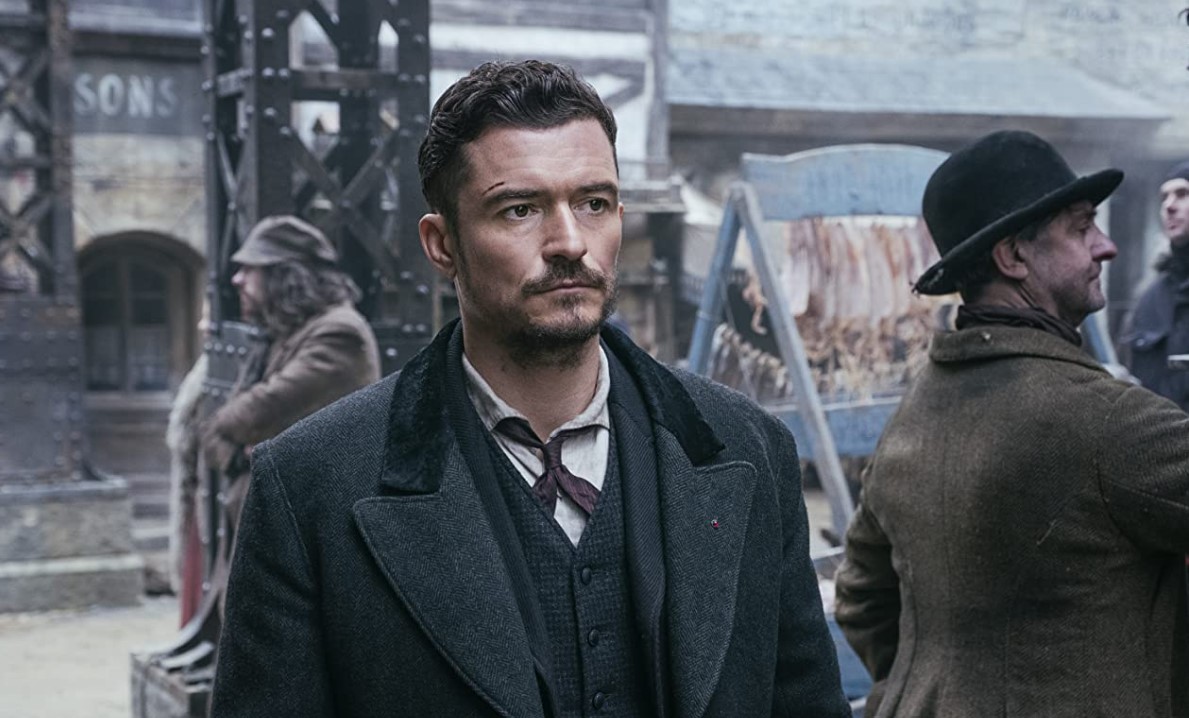
Aside from the aforementioned races, there is the darkasher, which is not necessarily a separate species but a golem-like creature created from the limbs of the dead through magic. There are also hybrids such as Philo. The second season introduces what looks like the elves into the narrative of ‘Carnival Row.’ We also know that the barely-explored Ignota is home to species such as the Raksha, naga, and mouros.
Read More: Who is Haruspex in Carnival Row, Explained

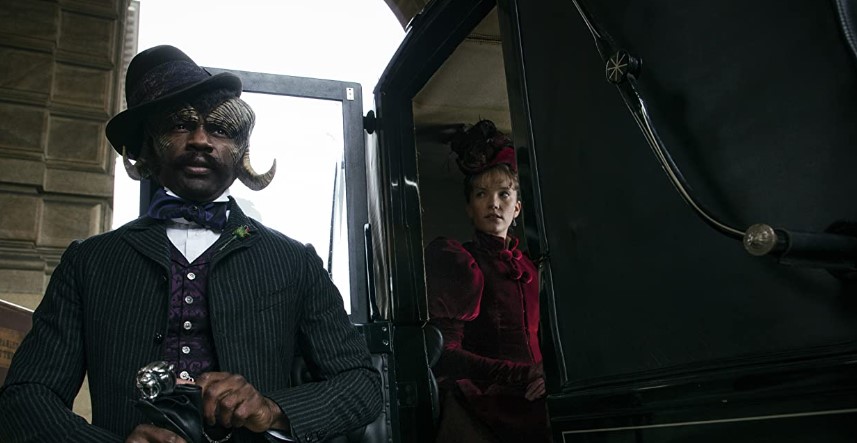
You must be logged in to post a comment.